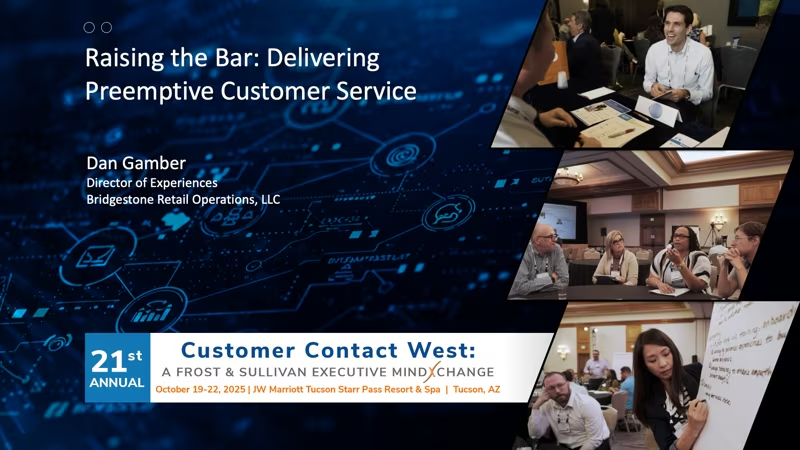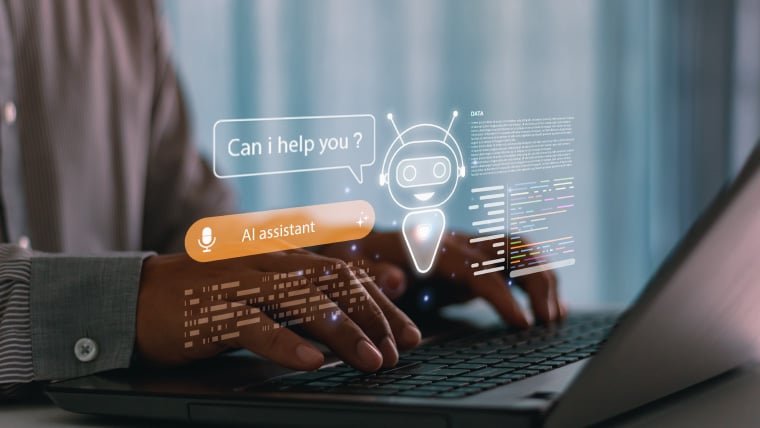It’s hard to say exactly when or how it happened, but the phrase “Voice of the Customer” (VoC) has become nearly synonymous with the process of issuing surveys.
When we consider today’s customer, and the methods by which they exercise their voice, this is a major oversight. Consumers are not as likely to fill out surveys as they once were. Survey programs across all industries are struggling to obtain both the quantity and quality of data required to make intelligent decisions. Does this mean that customers are providing less feedback to organizations? Hardly! Feedback is happening all around in new and exciting ways. It’s time that we evolve our ability to listen. To quote Marc Benioff, CEO of Salesforce.com:
“The future of communicating with customers rests in engaging with them through every possible channel: phone, e-mail, chat, Web, and social networks. Customers are discussing a company’s products and brand in real time. Companies need to join the conversation.”
The key to breaking survey mentality is to effectively capture unstructured VoC data. This includes all the organic feedback not being actively solicited by an organization, such as social media posts, web reviews, emails, customer conversations, and more. When combined with structured survey data, this provides a significantly fuller picture of the customer experience.
So besides surveys, what are some techniques to capture this treasure-trove of extemporaneous feedback information? Below are several proven suggestions to help you get started:
The CX Magic Button – My favorite technique involves a USB webkey and an ultra-simple feedback form. This inexpensive device plugs into your computer or docking station, and is configured to take the user to our custom VoC form once pressed. We provided these to all customer-facing employees and “ordained” them as customer advocates. As employees enter the feedback, it’s reviewed by our CX team and curated into a presentable format. This information is used to lead a cross-functional meeting once a week in which we learn from the VoC data and close the loop on it. Over time, we’ve been able to generate trending reports and establish priorities based on the combined data set. It’s nearly free, and highly effective. Learn how to get your own button program going on CX Accelerator.
Open Forum Approach – Eventbrite, a software company based in San Francisco, boosts an innovative VoC program which has been integrated into the fiber of their day-to-day operations. On a regular basis, anyone in the company is invited to quite literally hear the voice of the customer in the form of a recorded call, screen capture session, or similar engagement. After immersing themselves in the customer’s experience, a robust dialog is born on how to make that experience even better. This wonderful approach not only bridges the gap between development and the customer, but also encourages collaboration and creativity across the entire business.
Go Analog – We’ve gone completely digital with seemingly everything, but sometimes the old ways are best. I’ve learned of a restaurant that created a simple yet brilliant VoC system using 3X5 notecards. As servers go about their shift, they are regularly receiving feedback from guests about everything from the food to the environment, to the menu options. The server is able to very quickly capture the data point on a notecard and keep moving. At the end of the shift, the cards are collected and reviewed together as a staff. Numerous opportunities are revealed to improve the dining experience the next day, and with everyone being aware, they are able to hold one another accountable to the changes.
However you decide to do it, consider this a challenge to evolve beyond traditional surveys. Once tapped, the power of unstructured data is sure to breathe new life into your Customer Experience initiatives. Don’t hesitate to reach out to me if I can help in any way, or even just to brainstorm about Voice of Customer!
Nate Brown’s sweet spot is helping employees understand the customer journey and how they can play a role in improving it. Yet he is well versed in a variety of CX disciplines, including journey mapping, survey process and analysis, voice of the customer programs, employee engagement and many more. In his role as Director of Customer Experience at UL EHS Sustainability, he works tirelessly to improve both the agent experience and the customer experience in a multi-site, multi-platform environment, leading the client experience program for UL EHSS. Previously, Nate was Manager of Customer Support and Migration Consultant for the UL Workplace Health and Safety group. Twitter: @CustomerIsFirst LinkedIn: Nate Brown



